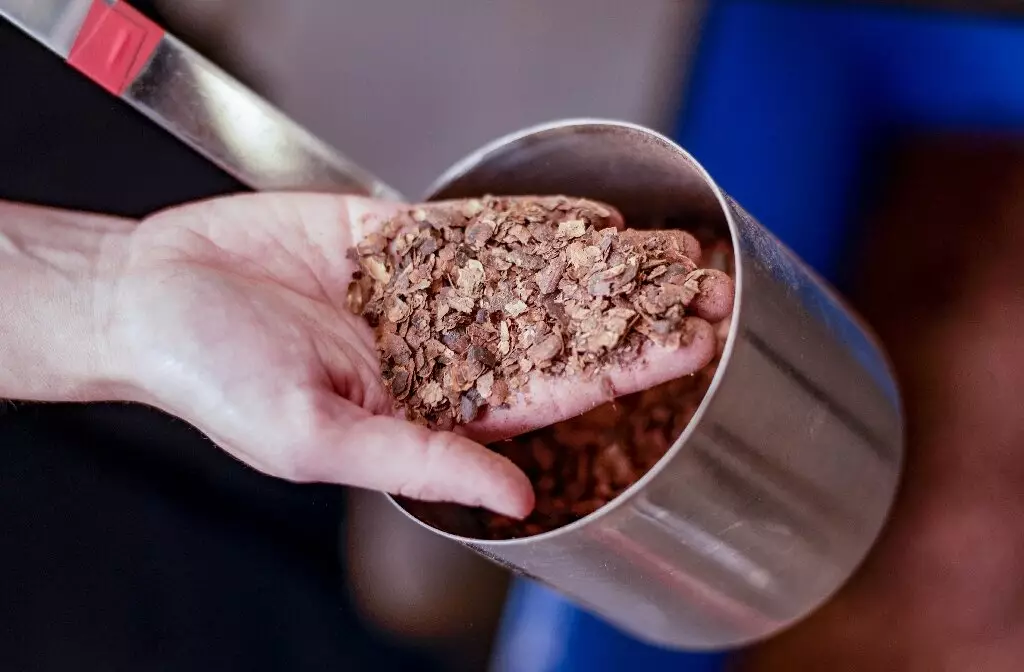Biochar, a black powder produced by heating cocoa bean shells to 600 degrees Celsius in an oxygen-free environment, has the potential to address climate change by locking in greenhouse gases. The biochar industry is still in its infancy, but it provides a unique solution to remove carbon from the Earth’s atmosphere. The process captures CO2 contained in cocoa husks, which would otherwise be released into the atmosphere if disposed of as normal. The carbon is then sequestered in the biochar for centuries. Experts from the UN’s Intergovernmental Panel on Climate Change (IPCC) believe that biochar could potentially capture 2.6 billion out of the 40 billion metric tons of CO2 currently produced by humanity each year. Biochar is also used as a fertilizer and in the production of green concrete.
The indigenous populations of the Americas have used biochar as a fertilizer for centuries, and scientists rediscovered it in the 20th century while researching fertile soils in the Amazon basin. The sponge-like structure of biochar boosts crop growth by increasing soil water and nutrient absorption.
The Challenges of Scaling Up
Scaling up biochar production remains a challenge. The cost can be prohibitive for farmers, with biochar costing around €1,000 ($1,070) per ton. Additionally, the production process, called pyrolysis, requires local production to ensure that the system stores more carbon than it produces. Transporting biochar long distances would be counterproductive. Biochar is also more effective in tropical climates, and the raw materials for its production are not available everywhere.
The fertilizer is produced at a red-brick factory in Hamburg, which takes delivery of used cocoa shells via a network of gray pipes from a neighboring chocolate factory. The production process also produces a certain volume of biogas, which is resold to the neighboring factory. In total, the Hamburg plant produces 3,500 tons of biochar and up to 20 megawatt hours of gas per year from 10,000 tons of cocoa shells.
To make better use of biochar, other applications need to be found. For example, the construction sector could use biochar in the production of green concrete. However, the biochar business has come up with another idea to turn a profit: selling carbon certificates. The biochar industry federation predicts that production is set to almost double to 90,000 tons this year compared with 2022. By selling certificates to companies looking to balance out their carbon emissions, the biochar industry is seeing strong growth.
While the biochar industry is still in its infancy, it offers a unique solution to remove carbon from the Earth’s atmosphere. The process locks in greenhouse gases and the final product can be used as a fertilizer or as an ingredient in the production of green concrete. However, scaling up the production process remains a challenge. The production process requires local production to ensure that the system stores more carbon than it produces. Additionally, biochar is more effective in tropical climates, and the raw materials for its production are not available everywhere. Despite these challenges, the biochar industry is seeing strong growth, with production set to almost double this year compared with 2022.



Leave a Reply